Home>Home Appliances>Kitchen Appliances>How To Clean Wood Stove Glass
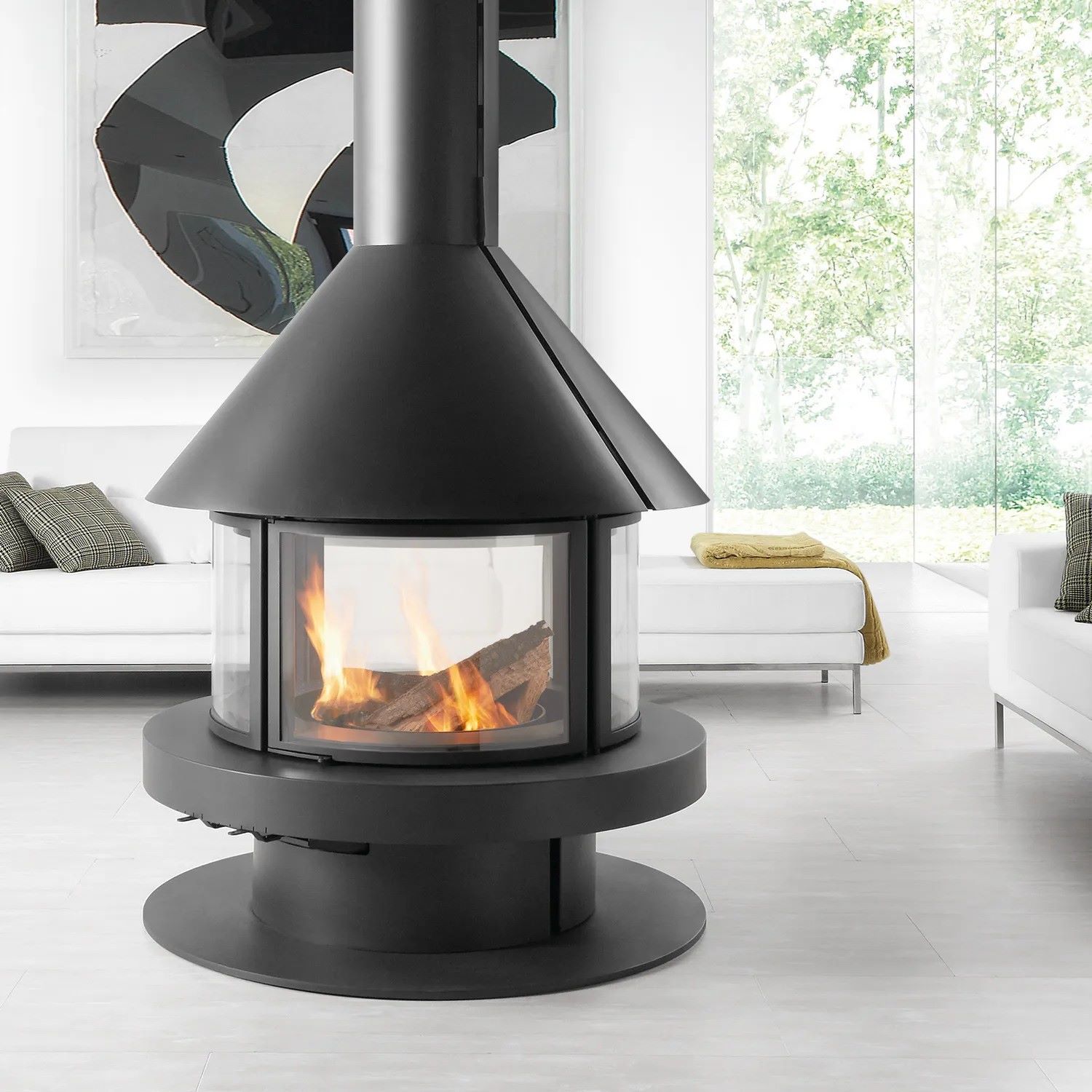

Kitchen Appliances
How To Clean Wood Stove Glass
Modified: March 19, 2024
Learn the best techniques for cleaning wood stove glass to keep your kitchen appliances looking spotless and functioning efficiently. Discover expert tips and tricks for maintaining a clean and clear wood stove glass.
(Many of the links in this article redirect to a specific reviewed product. Your purchase of these products through affiliate links helps to generate commission for Storables.com, at no extra cost. Learn more)
Introduction
Maintaining a clean and clear glass on your wood stove is essential for both aesthetic and functional reasons. A sparkling glass not only enhances the visual appeal of your stove but also allows you to enjoy the mesmerizing dance of the flames within. However, over time, the glass can become coated with soot, ash, and creosote, diminishing its transparency and obstructing your view of the fire. This not only detracts from the cozy ambiance but also hinders the efficient burning of the wood.
Regular cleaning of the wood stove glass is crucial to ensure that it remains free from stubborn residues and maintains its transparency. By following the proper cleaning and maintenance techniques, you can not only preserve the beauty of your wood stove but also prolong its lifespan and optimize its performance.
In this comprehensive guide, we will delve into the step-by-step process of cleaning wood stove glass, providing you with valuable insights and practical tips to achieve a pristine and gleaming glass surface. From preparing the wood stove for cleaning to polishing the glass to perfection, we will cover all the essential aspects of this maintenance task. Additionally, we will discuss the tools and materials required for the cleaning process and offer valuable tips for maintaining clean wood stove glass over time.
By the end of this guide, you will be equipped with the knowledge and expertise to effectively clean and maintain the glass on your wood stove, ensuring that it remains a focal point of warmth and comfort in your home. Let's embark on this journey to discover the art of preserving the clarity and allure of wood stove glass.
Key Takeaways:
- Regularly cleaning wood stove glass is crucial for safety, efficiency, and aesthetics. It ensures optimal heat transfer, clean combustion, and a longer lifespan for the stove, creating a cozy and inviting atmosphere in your home.
- Using the right tools and materials, along with proper cleaning techniques, can restore wood stove glass to a sparkling, transparent state. Regular maintenance and fuel management help sustain its pristine condition, enhancing the warmth and allure of your living space.
Read more: How To Clean A Cloudy Glass Cooktop
Importance of Cleaning Wood Stove Glass
The importance of cleaning wood stove glass cannot be overstated, as it directly impacts both the functionality and aesthetics of the wood stove. A clean and transparent glass not only allows you to enjoy the mesmerizing sight of the dancing flames but also serves as a visual indicator of the fire's condition. Here are several key reasons why regular cleaning of wood stove glass is crucial:
-
Efficient Heat Transfer: A clean glass surface facilitates the efficient transfer of heat from the fire into the room. When the glass is coated with soot and residues, it acts as an insulator, hindering the heat from radiating into the living space. By keeping the glass clean, you ensure that the warmth generated by the fire is effectively distributed, enhancing the comfort of your home.
-
Optimized Combustion: The transparency of the glass allows you to monitor the combustion process inside the wood stove. A clear view enables you to assess the quality of the burn, ensuring that the fire is receiving sufficient oxygen and burning cleanly. This not only promotes fuel efficiency but also reduces the emission of harmful pollutants, contributing to a healthier indoor environment.
-
Enhanced Aesthetics: A clean and gleaming glass adds to the visual appeal of the wood stove, creating a focal point of warmth and ambiance in the room. The unobstructed view of the fire enhances the cozy atmosphere, allowing you to fully appreciate the beauty of the flames as they flicker and dance within the stove.
-
Prolonged Lifespan: Regular cleaning and maintenance of the glass contribute to the longevity of the wood stove. Soot and creosote buildup can corrode the glass surface over time, leading to etching and damage. By keeping the glass clean, you prevent the accumulation of corrosive residues, thereby extending the lifespan of the stove and its components.
-
Safety and Functionality: A clean glass surface allows you to safely monitor the fire, ensuring that it is burning as intended. This visibility is essential for identifying any potential issues or irregularities in the combustion process. Additionally, a clear view of the fire enhances the overall experience of using a wood stove, adding to the comfort and functionality it provides.
In essence, the regular cleaning of wood stove glass is essential for maintaining optimal performance, preserving the beauty of the stove, and ensuring a safe and enjoyable experience. By understanding the significance of this maintenance task, you can fully appreciate the value it brings to your home and hearth.
Tools and Materials Needed
Before embarking on the task of cleaning the wood stove glass, it is essential to gather the necessary tools and materials to ensure a thorough and effective cleaning process. Here's a comprehensive list of items you will need:
Tools:
-
Scraper or Razor Blade: A scraper or razor blade is indispensable for removing stubborn deposits of soot and creosote from the glass surface. It allows you to gently scrape away the buildup without causing damage to the glass.
-
Soft Cloth or Sponge: A soft cloth or sponge is essential for applying the cleaning solution to the glass. It should be non-abrasive to avoid scratching the surface while effectively removing residues.
-
Bucket of Warm Water: A bucket of warm water serves as the base for preparing the cleaning solution. It should be at a comfortable temperature for handling during the cleaning process.
-
Vinegar or Glass Cleaner: Vinegar is a natural and effective cleaning agent for removing soot and grime from the glass. Alternatively, a specialized glass cleaner designed for stove glass can be used for optimal results.
-
Newspaper or Paper Towels: These are useful for drying and polishing the glass after cleaning. They help to achieve a streak-free and sparkling finish.
-
Protective Gloves: It is advisable to wear protective gloves to shield your hands from the cleaning solution and any residues that may be present on the glass.
Materials:
-
Vinegar Solution: If using vinegar as the cleaning agent, prepare a solution by diluting vinegar with an equal part of water in the bucket. This creates a potent yet safe cleaning solution for the glass.
-
Specialized Glass Cleaner: If opting for a commercial glass cleaner, ensure that it is specifically formulated for cleaning stove glass. Follow the manufacturer's instructions for the appropriate dilution and usage.
-
Dry Cloth or Microfiber Towel: A dry cloth or microfiber towel is essential for the final polishing of the glass, ensuring a pristine and clear finish.
By assembling these tools and materials, you will be well-equipped to tackle the task of cleaning your wood stove glass with confidence and precision. Each item plays a crucial role in the cleaning process, contributing to the restoration of a transparent and gleaming glass surface that enhances the allure of your wood stove. With these essentials at hand, you are ready to proceed to the next steps of preparing the wood stove and effectively cleaning the glass to perfection.
Read more: How To Clean Aluminum Foil Off Glass Cooktop
Step 1: Preparing the Wood Stove
Before initiating the cleaning process, it is crucial to prepare the wood stove to ensure a safe and efficient cleaning experience. Proper preparation not only safeguards the surrounding area from potential mess but also facilitates unhindered access to the glass surface, allowing for thorough cleaning. Here's a detailed breakdown of the essential steps involved in preparing the wood stove for the cleaning process:
-
Cooling the Stove: Begin by ensuring that the wood stove has completely cooled down before commencing the cleaning process. This is essential for safety and prevents the risk of accidental burns or injuries. Allow an adequate amount of time for the stove to cool, ensuring that the glass and surrounding components are at a safe temperature for handling.
-
Clearing the Surrounding Area: Clear the immediate vicinity around the wood stove to create a clean and unobstructed workspace. Remove any combustible materials, such as firewood, kindling, or flammable objects, from the vicinity of the stove. This minimizes the risk of accidental ignition and ensures a clutter-free environment for the cleaning process.
-
Protective Covering: Consider placing a protective covering, such as a drop cloth or old towels, beneath the wood stove to safeguard the floor from potential drips or spills during the cleaning process. This protective layer serves as a barrier, preventing any cleaning solution or residues from coming into direct contact with the flooring or carpeting.
-
Ventilation: Ensure that the area surrounding the wood stove is well-ventilated to allow for adequate airflow during the cleaning process. Open windows or doors to promote ventilation, facilitating the dissipation of any fumes or odors that may arise from the cleaning solution. Proper ventilation contributes to a comfortable and safe environment for the cleaning task.
-
Gathering Tools and Materials: Assemble all the necessary tools and materials required for cleaning the wood stove glass, as outlined in the previous section. Having these items readily available streamlines the cleaning process and ensures that you are fully prepared to tackle the task effectively.
By meticulously preparing the wood stove and its surroundings, you set the stage for a seamless and successful cleaning endeavor. These preparatory measures not only contribute to a safe and organized cleaning process but also lay the foundation for achieving optimal results when restoring the clarity and luster of the wood stove glass. With the wood stove appropriately prepared, you are now ready to proceed to the next crucial step: cleaning the glass surface to reveal its pristine brilliance.
Step 2: Cleaning the Glass
Cleaning the glass of a wood stove is a meticulous process that requires attention to detail and the use of appropriate cleaning techniques. By following the steps outlined below, you can effectively remove soot, ash, and creosote deposits from the glass surface, restoring its transparency and visual appeal.
-
Application of Cleaning Solution: Begin by dipping a soft cloth or sponge into the prepared cleaning solution, whether it is a vinegar solution or a specialized glass cleaner. Ensure that the cloth is damp but not dripping with the solution. The gentle application of the cleaning solution helps to loosen and dissolve the stubborn residues adhering to the glass.
-
Gentle Scrubbing: With the damp cloth or sponge, gently scrub the entire surface of the glass, focusing on areas where soot and creosote buildup is prominent. Exercise caution to avoid applying excessive pressure, as this could potentially scratch the glass. The goal is to dislodge the residues without causing damage to the glass surface.
-
Targeted Removal of Stubborn Deposits: For particularly stubborn deposits, utilize a scraper or razor blade to carefully remove the buildup from the glass. Hold the blade at a slight angle and gently scrape the residues, taking care not to scratch the glass. This targeted approach allows for the precise removal of persistent soot and creosote, gradually revealing the clear glass underneath.
-
Rinsing and Drying: Once the cleaning solution has been applied and the residues have been loosened, use a clean damp cloth to rinse the glass surface, removing any remaining traces of the cleaning solution and loosened deposits. Follow this by drying the glass with a dry cloth or paper towel, ensuring that the surface is free from moisture and streaks.
-
Final Polishing: To achieve a pristine and gleaming finish, use a dry cloth or microfiber towel to polish the glass surface. Employ circular motions to buff the glass, effectively removing any remaining streaks and achieving a sparkling clarity that enhances the visual allure of the wood stove.
By meticulously following these steps, you can effectively clean the glass of your wood stove, unveiling its inherent brilliance and transparency. This process not only enhances the aesthetic appeal of the stove but also contributes to its functionality, allowing for a clear view of the mesmerizing flames within. With the glass now restored to its pristine state, the wood stove becomes a focal point of warmth and ambiance, enriching the atmosphere of your living space.
To clean wood stove glass, mix equal parts water and vinegar in a spray bottle. Spray the solution onto the glass and wipe with a dry cloth for a streak-free shine.
Step 3: Polishing the Glass
After the meticulous cleaning process, the final step in restoring the wood stove glass to its pristine brilliance involves the crucial task of polishing. This step is essential for achieving a streak-free and sparkling finish, enhancing the transparency and visual allure of the glass surface. Polishing the glass not only contributes to the aesthetic appeal of the wood stove but also ensures that the view of the mesmerizing flames within remains unobstructed and captivating.
To effectively polish the glass, begin by using a dry cloth or microfiber towel. These materials are ideal for the final polishing stage, as they are non-abrasive and adept at removing any remaining streaks or residues from the glass surface. The following steps outline the process of polishing the wood stove glass to perfection:
-
Dry the Glass: Ensure that the glass surface is completely dry before commencing the polishing process. Any residual moisture can hinder the effectiveness of the polishing and may result in streaks or smudges. Use a dry cloth to gently remove any remaining moisture from the glass, preparing it for the polishing stage.
-
Circular Buffing Motions: With the dry cloth or microfiber towel, employ circular motions to buff the glass surface. This technique helps to evenly distribute the pressure and polishing action, effectively removing any remaining streaks or marks. By consistently buffing the glass in circular motions, you can achieve a uniform and gleaming finish that accentuates the clarity of the glass.
-
Inspect for Streaks: As you polish the glass, periodically inspect the surface for any lingering streaks or imperfections. If you notice any areas that require additional attention, focus on buffing those specific spots to ensure a consistent and flawless finish. The goal is to achieve a glass surface that is free from streaks and blemishes, allowing for an unobstructed view of the fire.
-
Evaluate the Clarity: Upon completing the polishing process, step back and evaluate the clarity of the glass. Ensure that it exhibits a sparkling and transparent appearance, devoid of any streaks or residues. The polished glass should reflect the light and showcase the vibrant flames within the wood stove, adding to the visual allure and ambiance of the living space.
By diligently following these steps, you can effectively polish the glass of your wood stove, elevating its visual appeal and ensuring a clear and captivating view of the fire. The polished glass not only enhances the aesthetic charm of the wood stove but also contributes to the overall experience of basking in the warmth and comfort it provides. With the glass now gleaming and transparent, the wood stove stands as a focal point of coziness and allure, enriching the ambiance of your home.
Tips for Maintaining Clean Wood Stove Glass
Maintaining the cleanliness and transparency of your wood stove glass is an ongoing endeavor that requires consistent care and attention. By implementing the following tips, you can prolong the pristine condition of the glass surface, ensuring that it remains a captivating focal point of warmth and ambiance in your home.
-
Regular Inspection and Cleaning: Make it a habit to routinely inspect the wood stove glass for any signs of soot, ash, or creosote buildup. Regular inspection allows you to address any residues promptly, preventing them from hardening and becoming more challenging to remove. By incorporating regular cleaning into your maintenance routine, you can effectively prevent stubborn deposits from accumulating on the glass.
-
Use of Proper Fuel: The type and quality of fuel used in the wood stove can significantly impact the cleanliness of the glass. Opt for seasoned hardwoods with low moisture content, as they produce cleaner and more efficient burns. Avoid burning wet or resinous wood, as it can lead to increased soot and creosote formation, contributing to glass staining and buildup.
-
Airflow Management: Properly managing the airflow within the wood stove can help maintain a cleaner glass surface. Ensure that the air vents and dampers are adjusted for optimal combustion, promoting a clean and efficient burn. Adequate oxygen supply to the fire reduces the likelihood of soot and creosote formation, contributing to a clearer and more transparent glass.
-
Avoiding Overloading: Overloading the wood stove with an excessive amount of wood can lead to smoldering fires and incomplete combustion, resulting in increased soot and residue production. By following the manufacturer's guidelines for wood capacity and refraining from overloading the stove, you can promote cleaner burns and minimize the buildup of deposits on the glass.
-
Regular Maintenance of Seals and Gaskets: The seals and gaskets around the wood stove door play a crucial role in maintaining proper combustion and preventing air leaks. Regularly inspect and maintain these components to ensure a tight seal, as air leaks can lead to inefficient burns and increased soot production, ultimately affecting the cleanliness of the glass.
-
Professional Inspection and Maintenance: Periodically schedule professional inspections and maintenance for your wood stove. A certified technician can assess the condition of the stove, including the combustion chamber, flue, and seals, ensuring that everything is functioning optimally. Professional maintenance helps address any potential issues that could contribute to glass staining and ensures the long-term cleanliness of the glass.
By incorporating these tips into your wood stove maintenance routine, you can effectively preserve the cleanliness and transparency of the glass, allowing you to continue enjoying the mesmerizing sight of the dancing flames within the stove. With consistent care and attention, the wood stove glass will remain a radiant and captivating feature, enriching the ambiance of your living space for years to come.
Read more: How To Attach Glass To Wood
Conclusion
In conclusion, the process of cleaning and maintaining wood stove glass is not only a practical maintenance task but also an art form that enhances the warmth, ambiance, and functionality of the wood stove. By following the step-by-step cleaning process and incorporating valuable tips for maintenance, you can ensure that the glass remains a pristine and captivating focal point in your home.
The importance of maintaining clean wood stove glass extends beyond mere aesthetics. A transparent and unobstructed view of the fire not only enhances the visual appeal of the wood stove but also contributes to efficient heat transfer, optimized combustion, and prolonged lifespan of the stove. Additionally, a clean glass surface ensures safety, functionality, and an overall enjoyable experience when using the wood stove.
By meticulously preparing the wood stove, utilizing the appropriate tools and materials, and following the cleaning and polishing steps, you can effectively restore the glass to its inherent brilliance. The final result is a gleaming and transparent glass surface that showcases the mesmerizing dance of the flames within the wood stove, enriching the atmosphere of your living space.
Furthermore, the maintenance tips provided offer valuable insights for sustaining the cleanliness and transparency of the glass over time. By incorporating regular inspection, using proper fuel, managing airflow, avoiding overloading, and scheduling professional maintenance, you can prolong the pristine condition of the glass, ensuring that it remains a captivating feature in your home.
In essence, the art of cleaning and maintaining wood stove glass is a labor of love that elevates the comfort, functionality, and allure of the wood stove. By embracing this maintenance task with care and attention, you can continue to enjoy the radiant warmth and visual splendor that the wood stove brings to your living space, creating a cozy and inviting environment for relaxation and gatherings.
Frequently Asked Questions about How To Clean Wood Stove Glass
Was this page helpful?
At Storables.com, we guarantee accurate and reliable information. Our content, validated by Expert Board Contributors, is crafted following stringent Editorial Policies. We're committed to providing you with well-researched, expert-backed insights for all your informational needs.
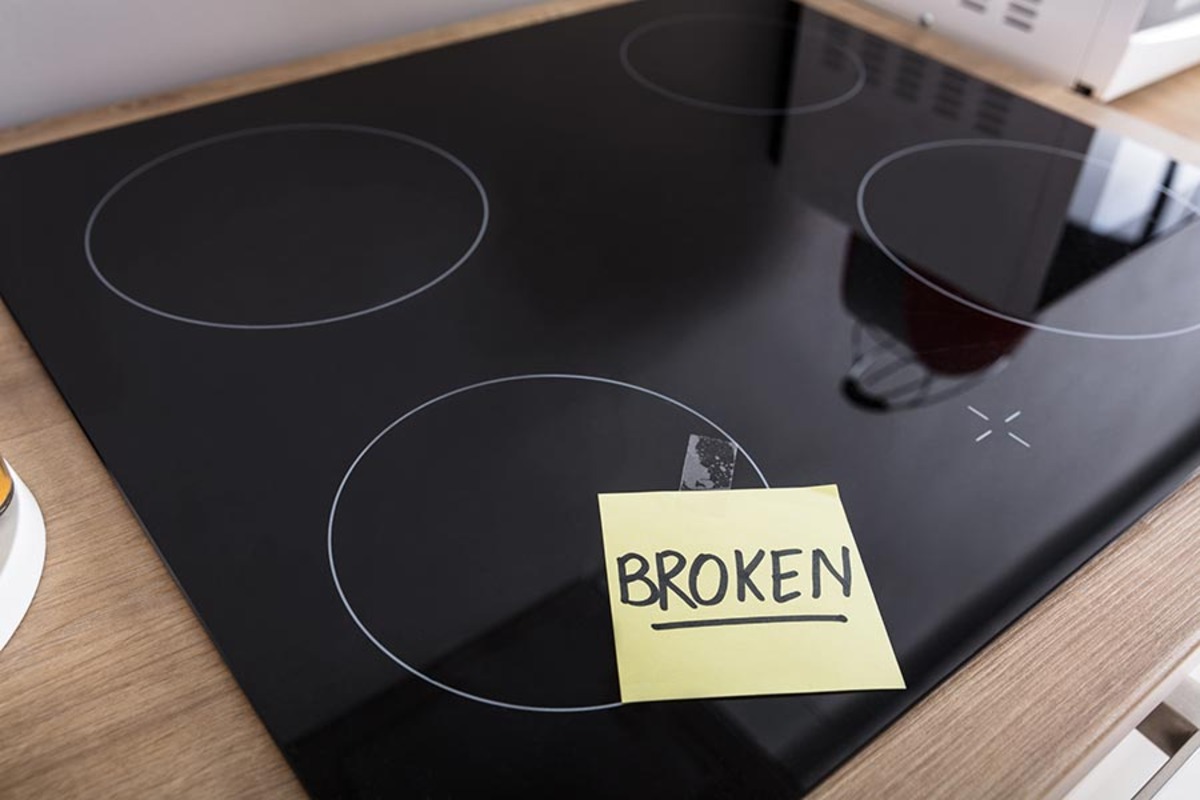
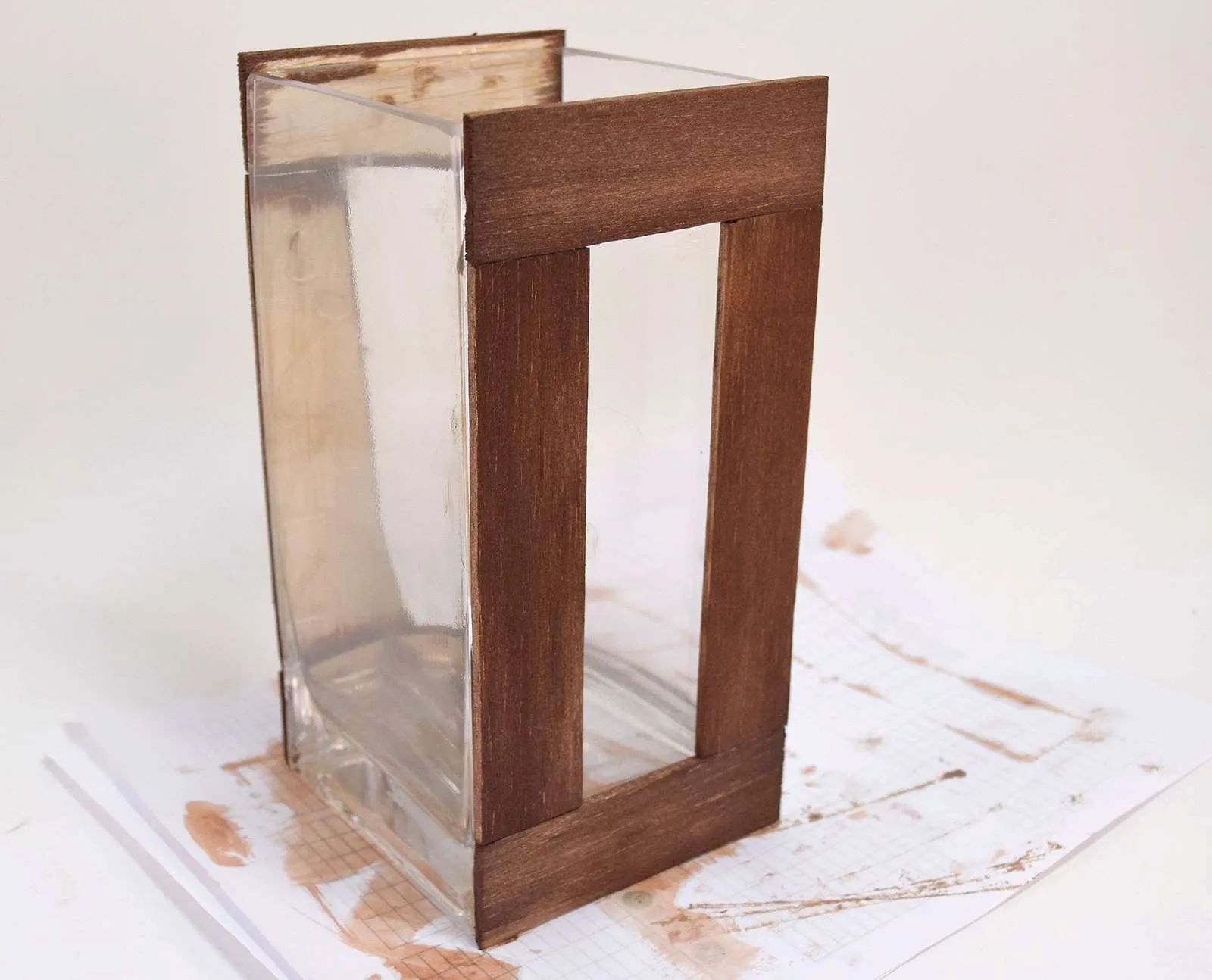

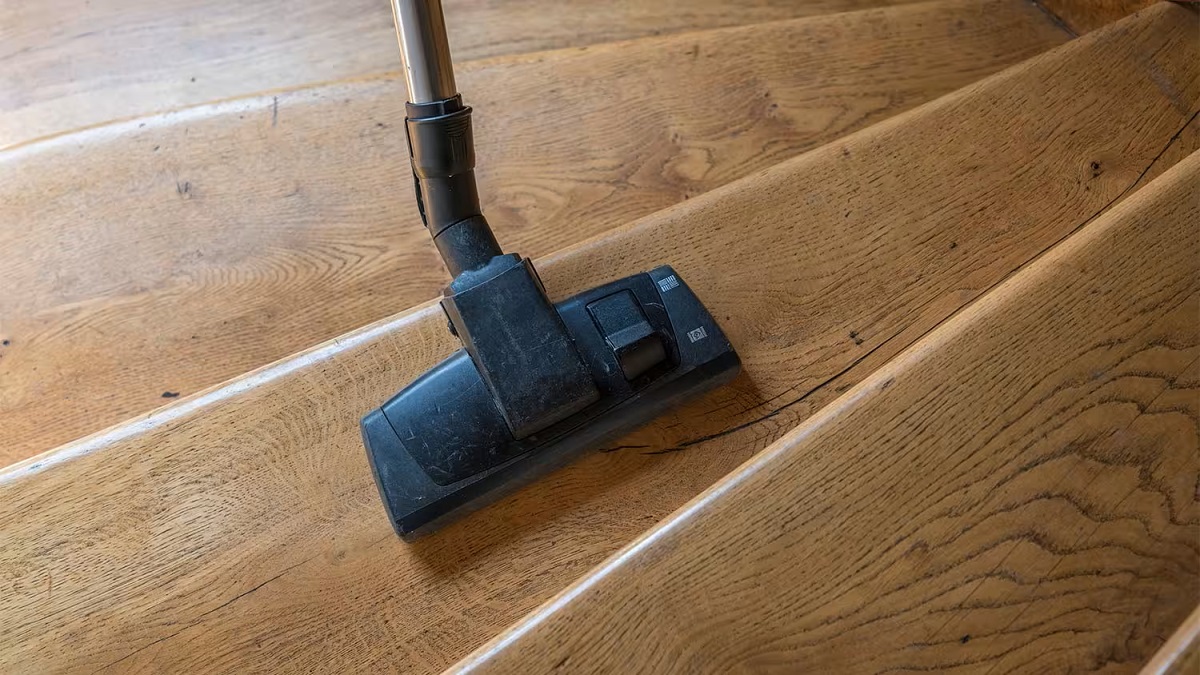
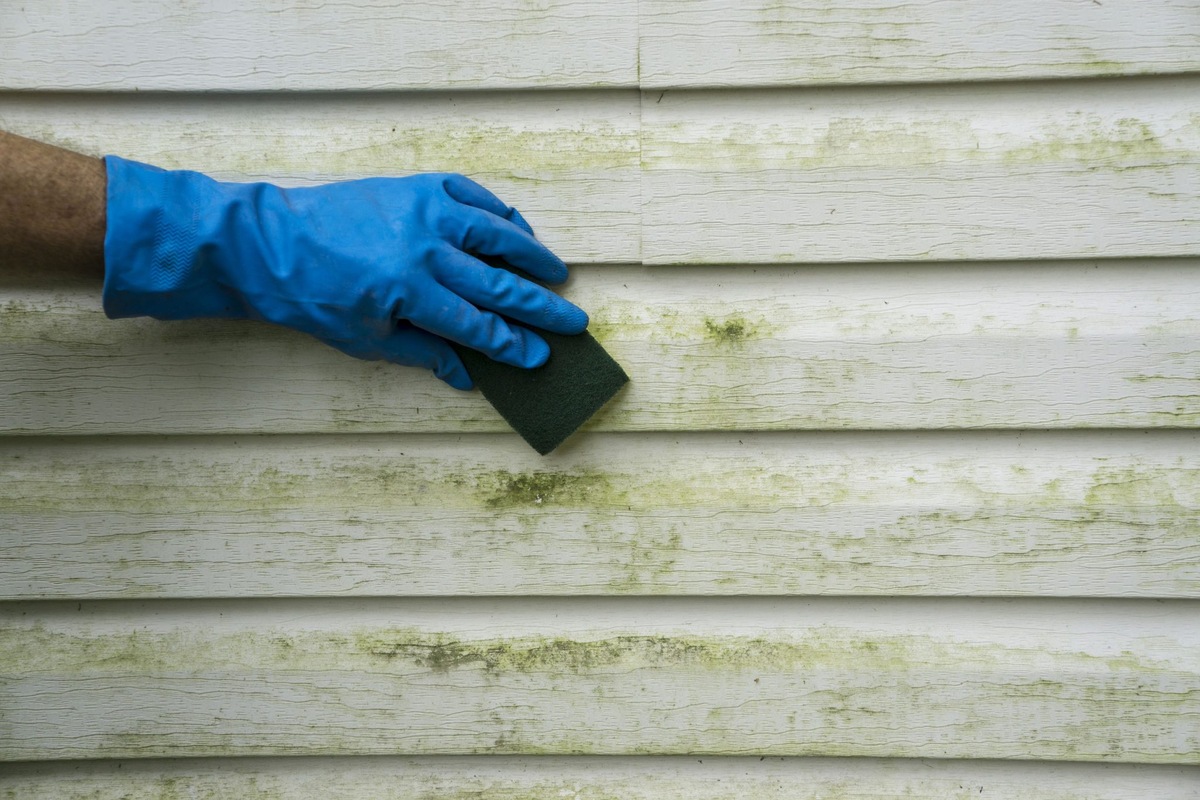
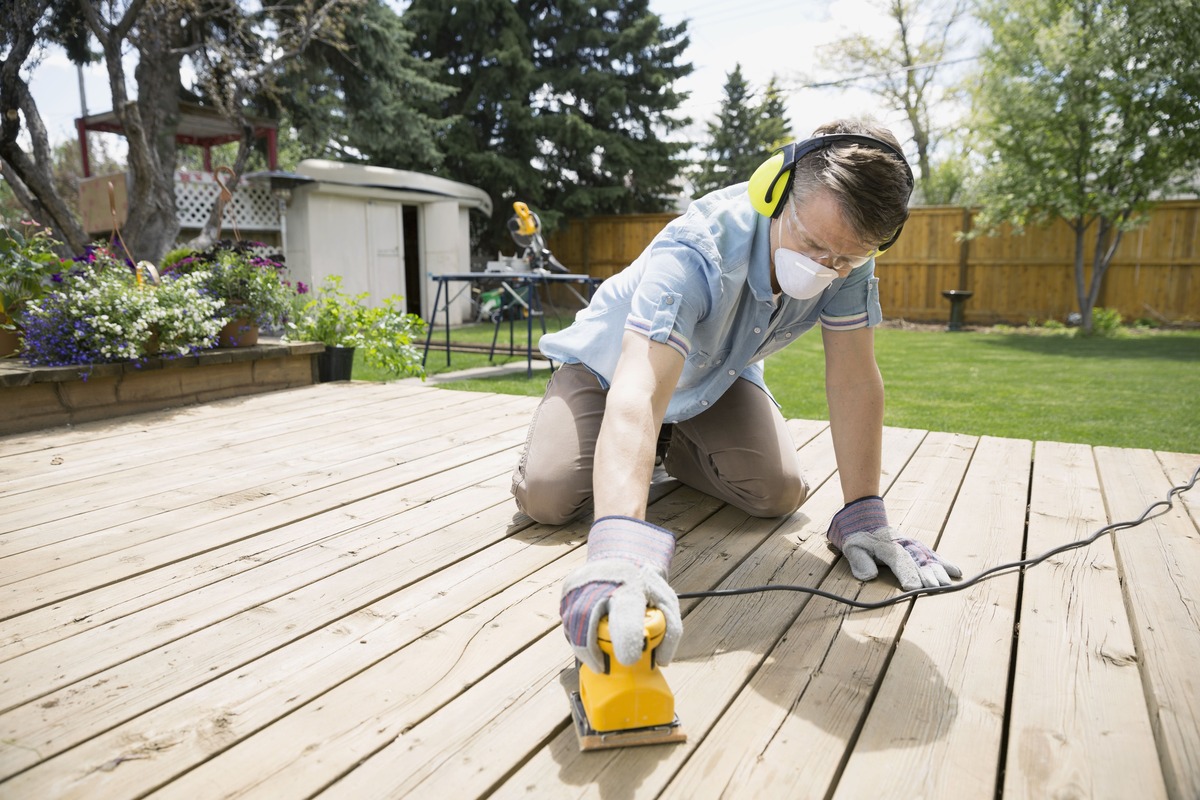
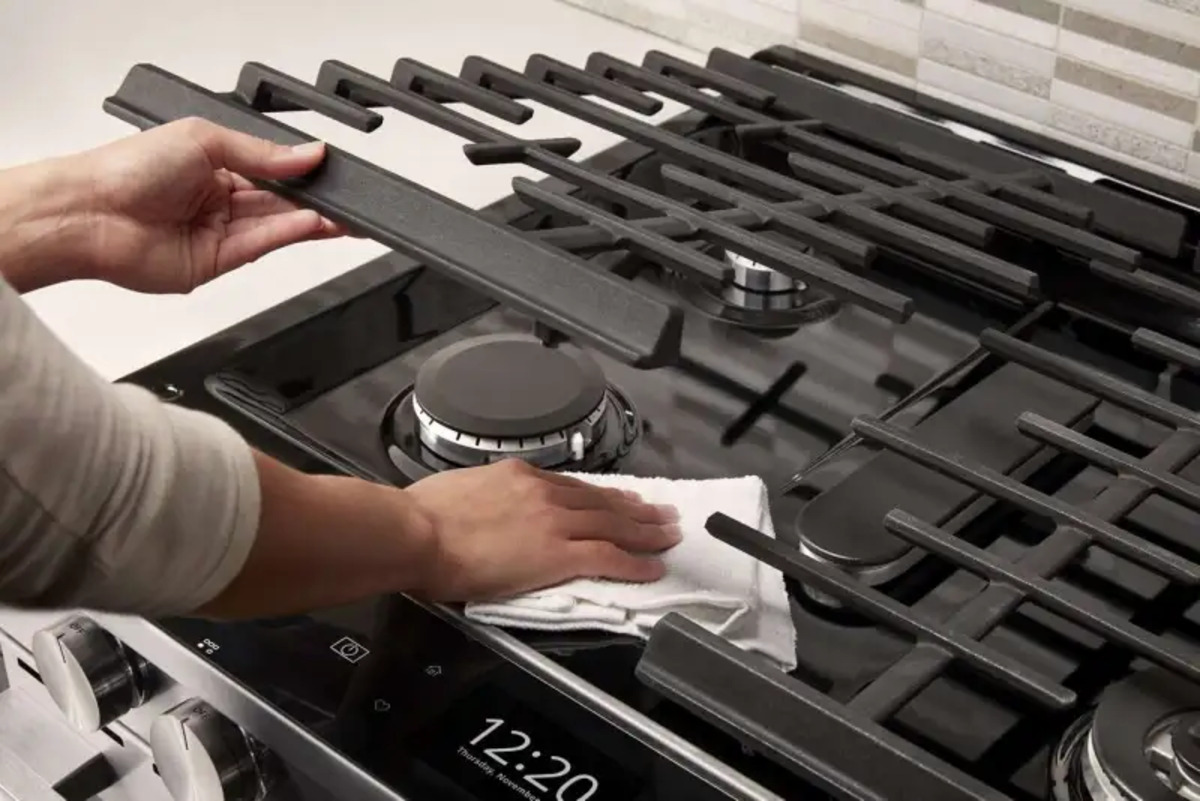
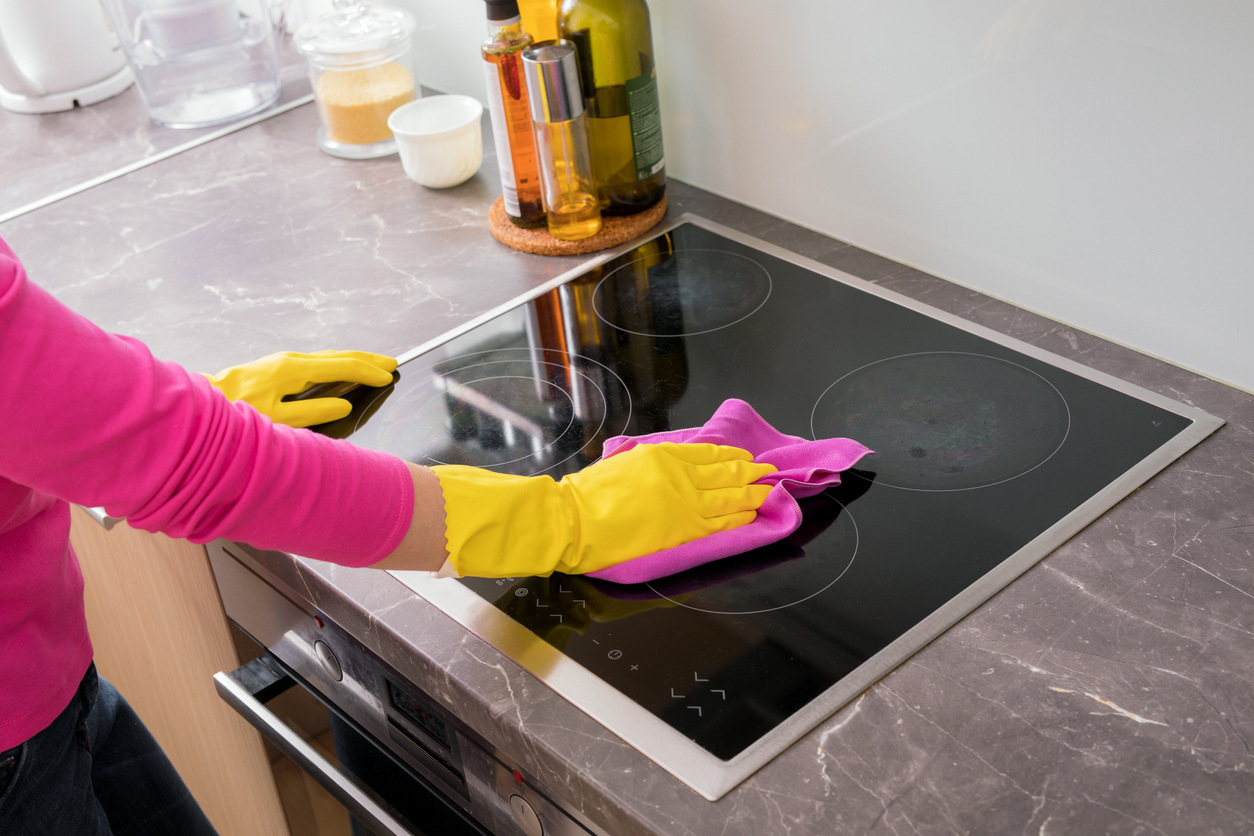
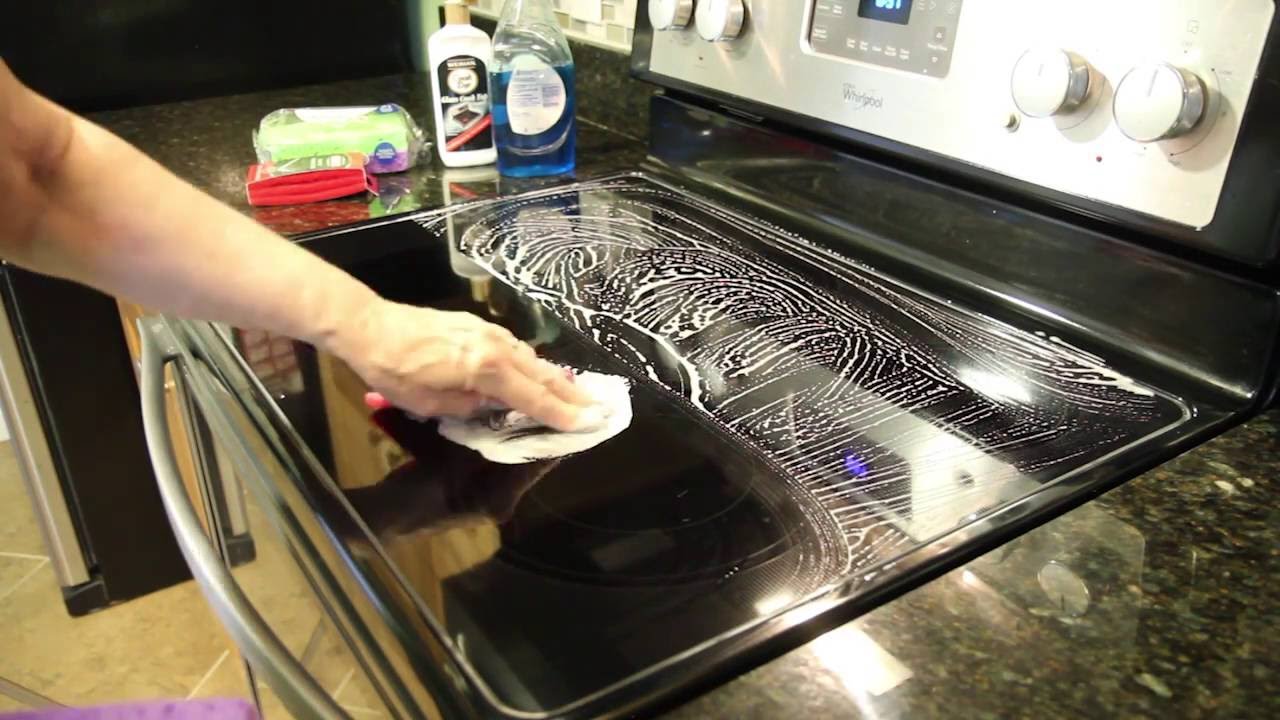
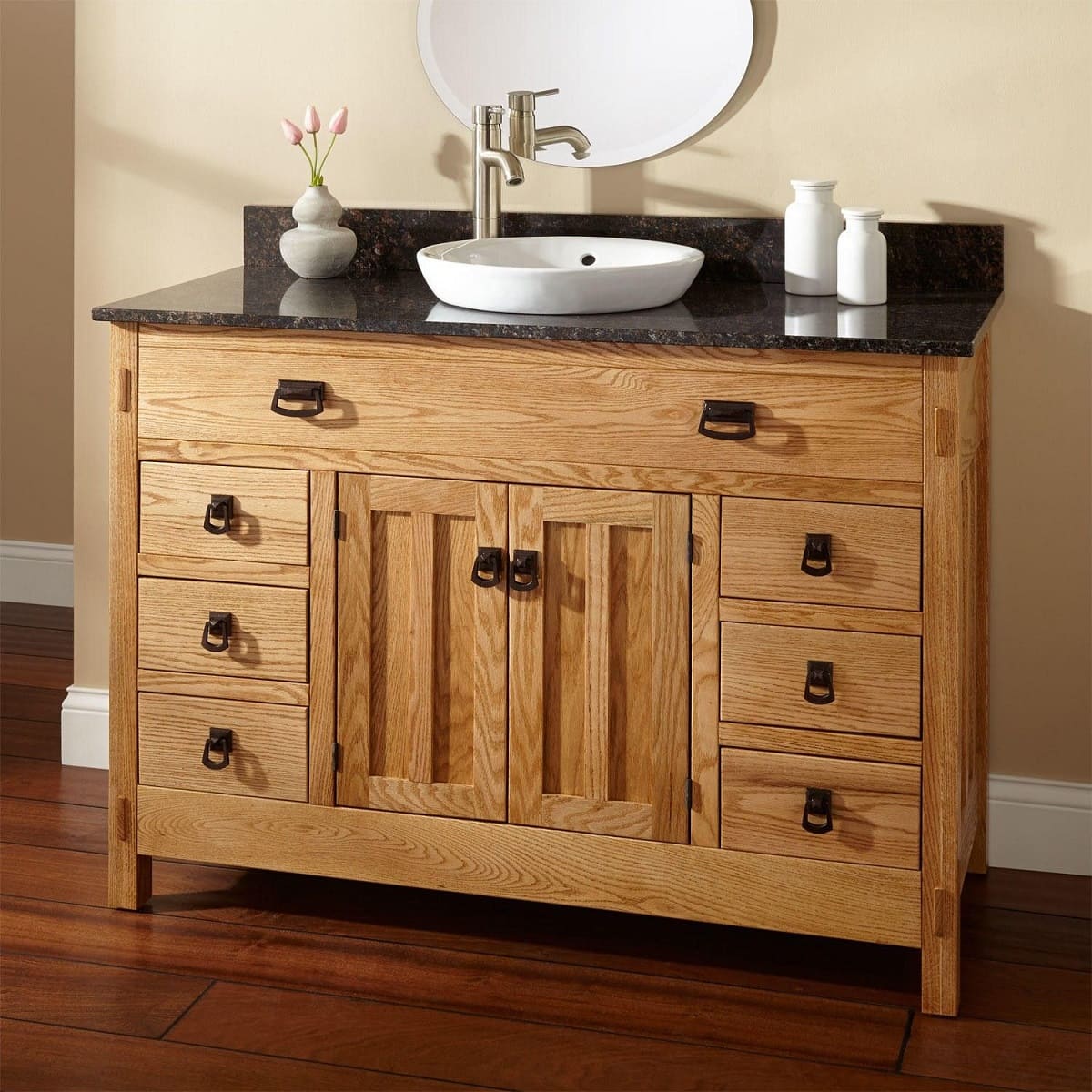
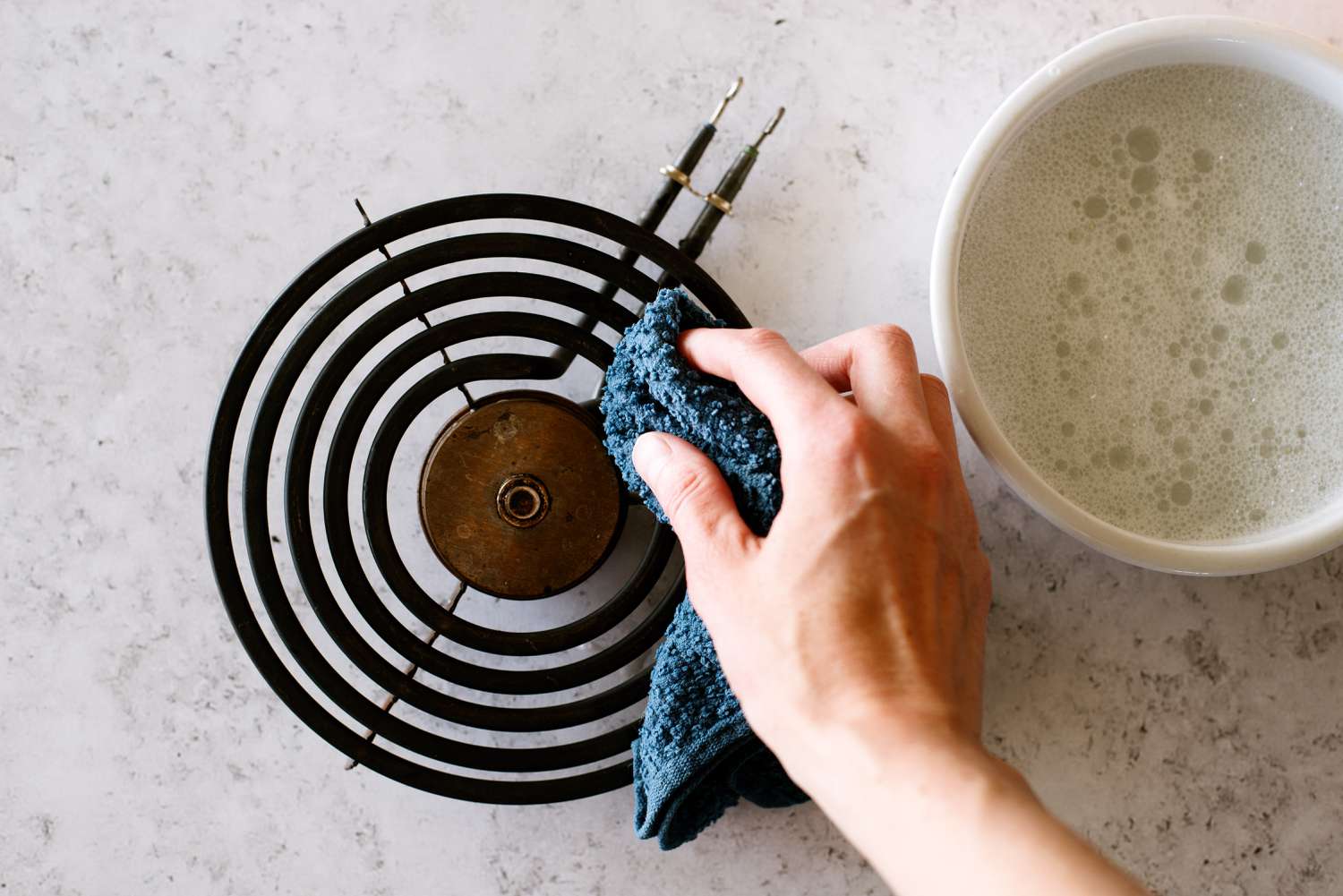
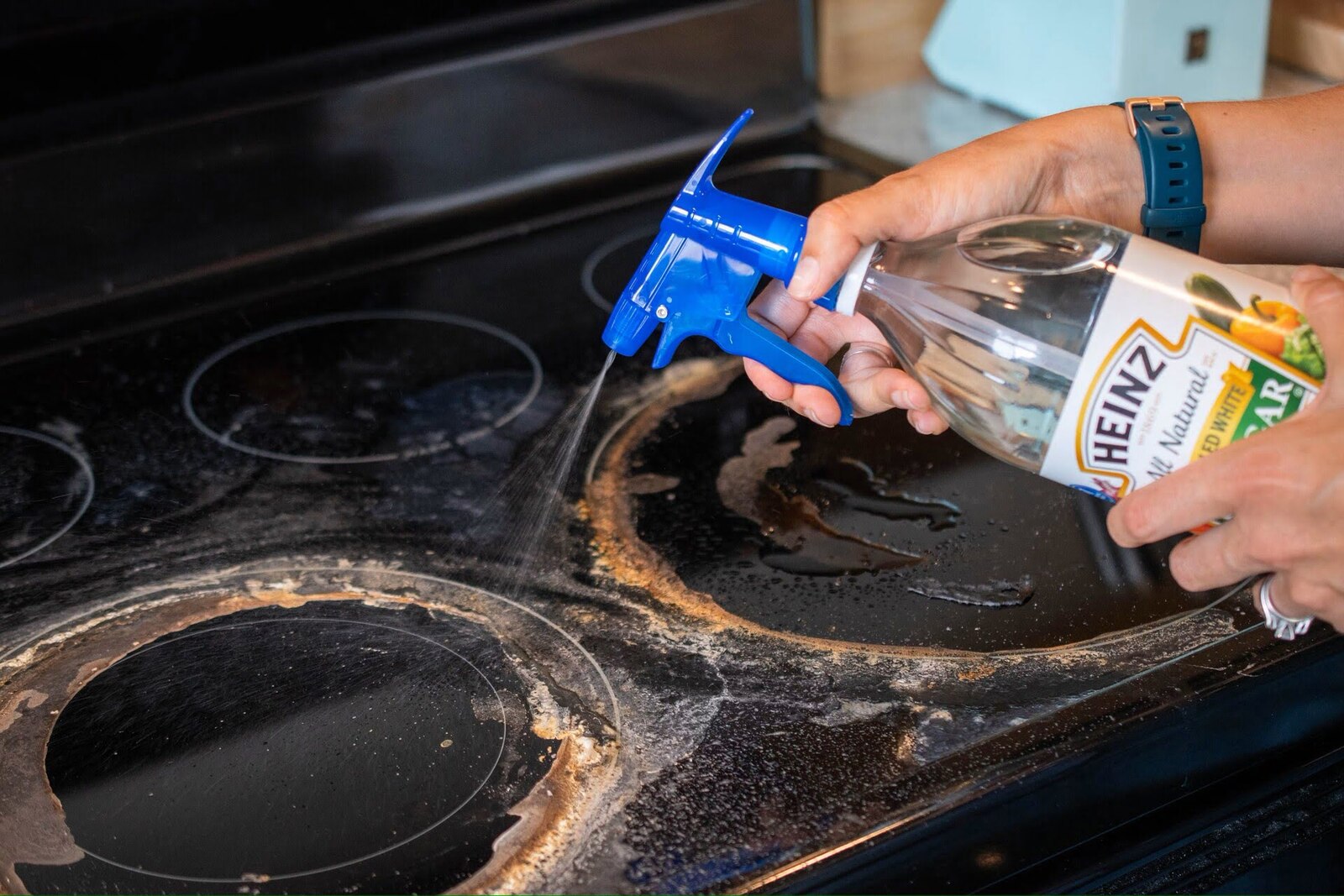
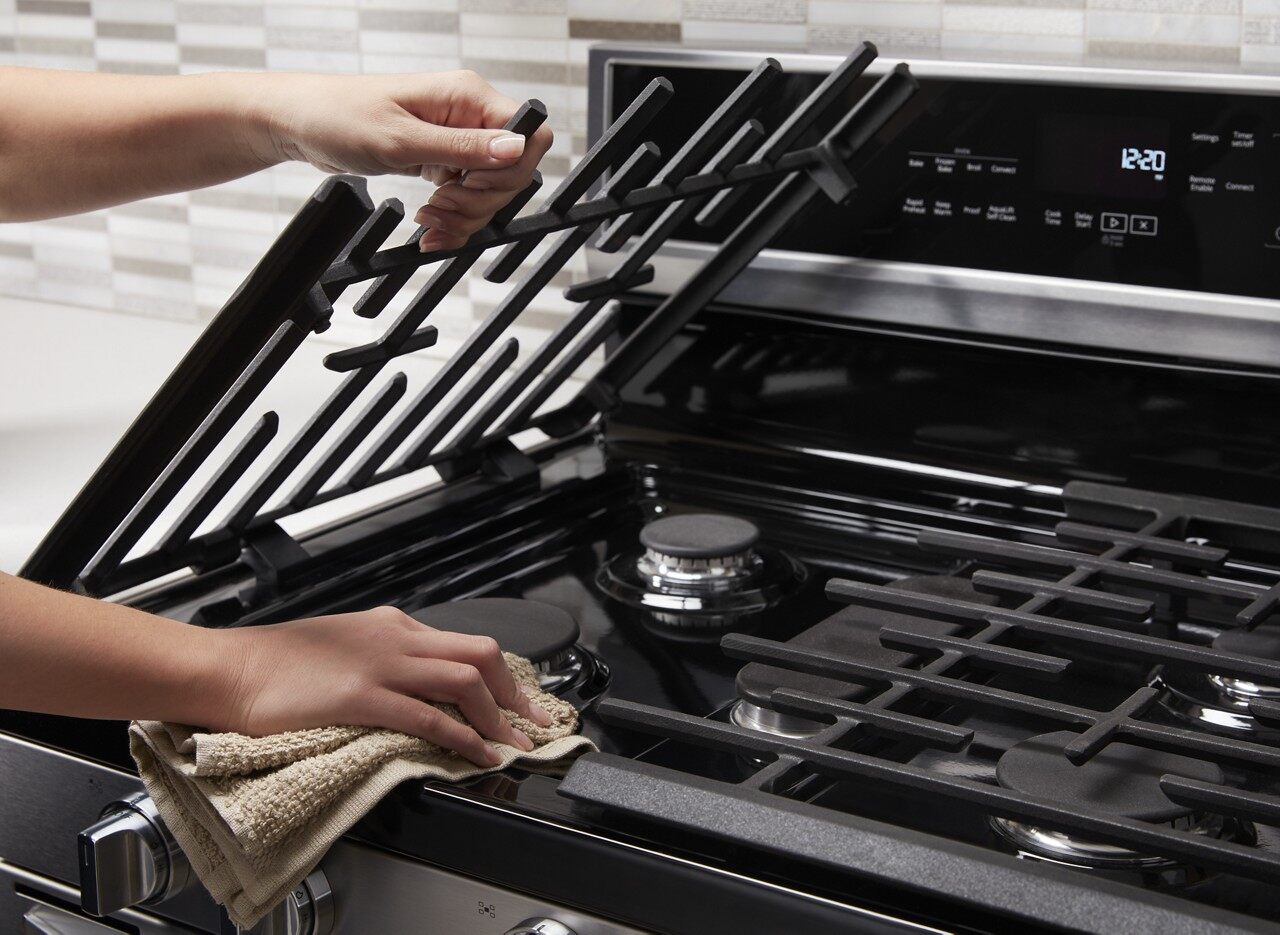

0 thoughts on “How To Clean Wood Stove Glass”